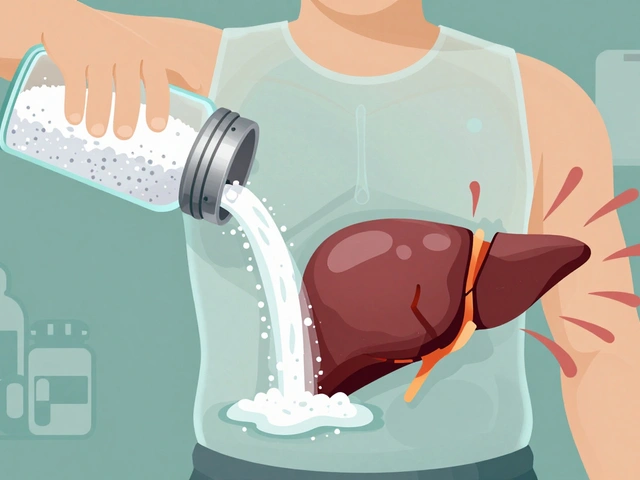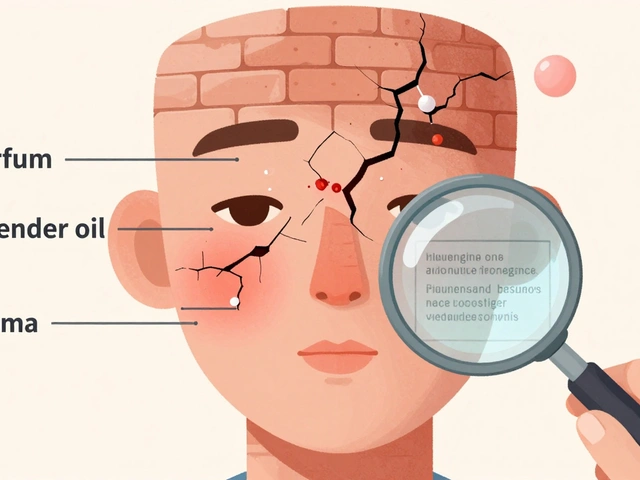Medical Abortion: What It Is, How It Works, and What to Expect
When people talk about medical abortion, a non-surgical method to end an early pregnancy using FDA-approved medications. Also known as the abortion pill, it’s a safe, effective option for those who prefer to avoid surgery and want to begin the process in the privacy of their own home. Unlike emergency contraception, which prevents pregnancy, medical abortion ends an existing pregnancy — typically within the first 10 weeks. It’s not a one-size-fits-all process, and timing, dosage, and follow-up matter just as much as the drugs themselves.
The process usually involves two medications: mifepristone, a pill that blocks progesterone, a hormone needed to sustain pregnancy, followed 24 to 48 hours later by misoprostol, a drug that causes the uterus to contract and expel the pregnancy tissue. This isn’t magic — it’s biology. Most people experience cramping and bleeding similar to a heavy period, sometimes with clots. The heaviest bleeding usually happens within a few hours after taking misoprostol. Studies show it works in over 95% of cases when used correctly and within the recommended timeframe.
What people don’t always talk about is how the experience varies. Some feel fine after a few hours. Others need a couple of days to recover. Side effects like nausea, diarrhea, chills, or fever are common but usually short-lived. It’s not dangerous if you know what’s normal — and what’s not. That’s why follow-up care matters. You don’t need to go to a clinic for every step, but you do need to know when to call a provider. Bleeding that soaks through two pads an hour for two hours straight, a fever over 100.4°F that lasts more than 24 hours, or severe pain that doesn’t respond to ibuprofen? Those aren’t typical. They’re red flags.
Medical abortion isn’t the same as surgical abortion, and it’s not for everyone. It’s most effective early on. If you’re past 10 weeks, or if you have certain medical conditions like an IUD in place, adrenal failure, or a bleeding disorder, it may not be recommended. But for many, it’s the preferred choice because it feels more natural, avoids anesthesia, and can be done with support from a trusted person nearby.
The posts below cover what you won’t always hear in a clinic. From how to manage side effects safely, to understanding what medications might interfere with the process, to knowing your rights when getting pills through a pharmacy or online — this collection gives you real-world, no-fluff advice. You’ll find info on how to recognize complications, what to expect after the fact, and how to protect your health while navigating this process. Whether you’re considering it, supporting someone who is, or just trying to understand the facts, these guides are here to help you make sense of it all — without judgment, without hype, just clear information.

A Guide to Misoprostol for Miscarriage Management
Misoprostol is a safe, effective medication used to manage miscarriage by helping the uterus expel pregnancy tissue. Learn how it works, how to use it, what to expect, and how it compares to surgery.
read more




